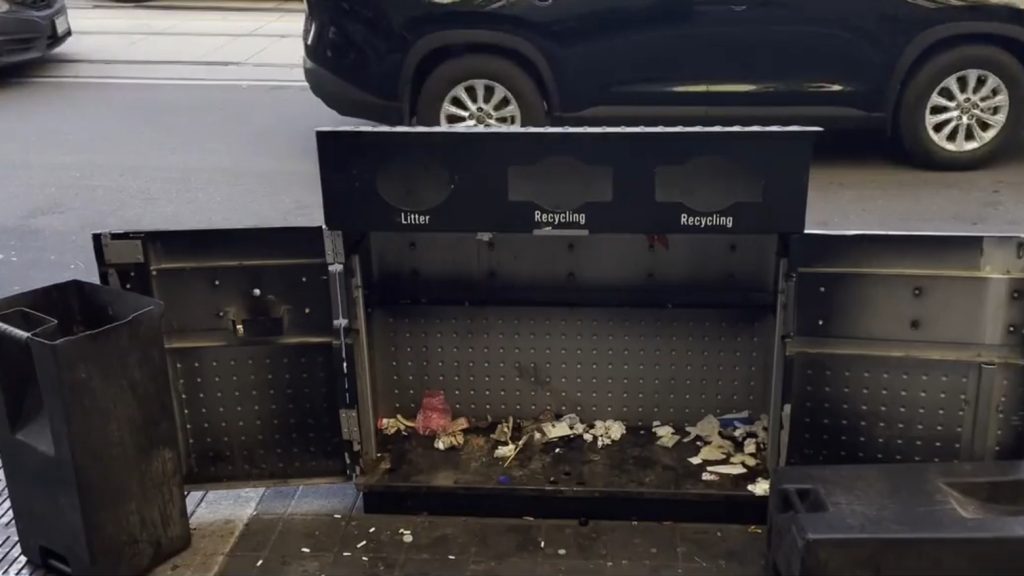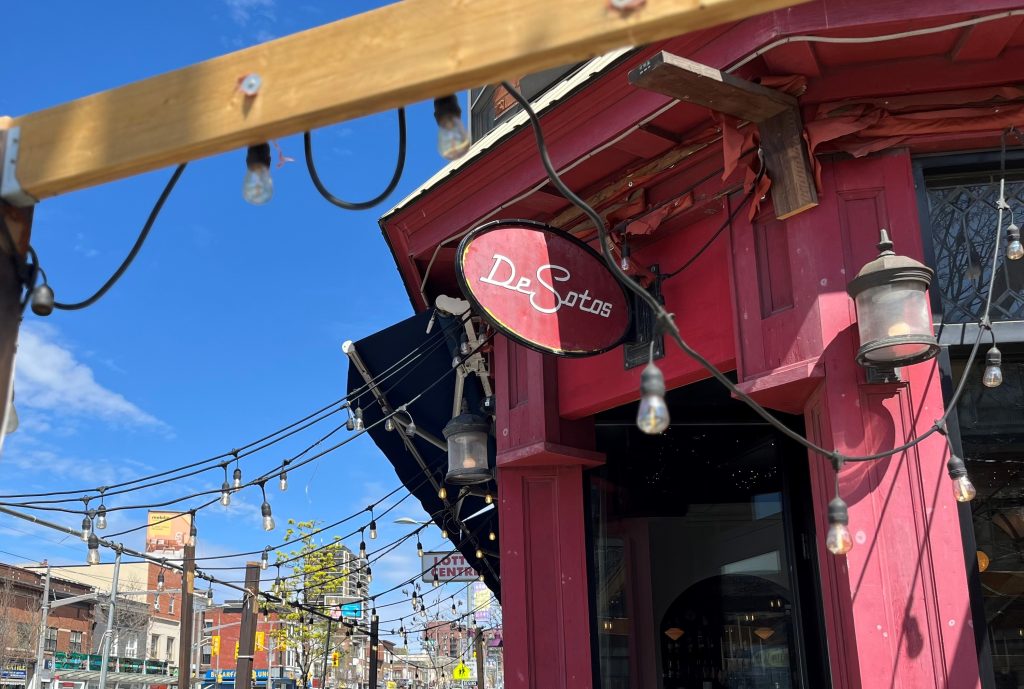Ontario nurses call for smaller class sizes, use of masks in schools
Posted August 24, 2020 12:45 pm.
Last Updated August 24, 2020 7:15 pm.
Class sizes in elementary schools should be cut to protect students and staff from COVID-19, Ontario’s registered nurses said Monday, suggesting schools should not reopen until all safety conditions are met.
The CEO of the Registered Nurses’ Association of Ontario said she made the request in a letter to the province’s chief medical officer of health, asking that elementary classes be capped at 15 students unless larger spaces like gyms can be used to provide physical distancing.
Doris Grinspun said the province’s back-to-school plan, which allows boards to use funds from their reserves to ensure the safe return of students, is not good enough.
“The safest approach to reopening Ontario schools is keeping elementary classes small,” Grinspun said in the letter to Dr. David Williams. “The announcement to unlock $500 million from school board reserves to improve ventilation and physical distancing was deeply disappointing.”
Premier Doug Ford has been under pressure since unveiling the province’s back-to-school plan weeks ago to cut class sizes at the elementary level.
Teachers’ unions and parents have expressed concern that the Ford government’s approach has not done enough to lower class sizes and encourage physical distancing.
In response, Education Minister Stephen Lecce gave school board’s permission to access up to $500 million in their own reserves to hire more teachers and lease additional community space to free up classroom capacity.
Boards have said that much of that money is already allocated to key priorities not related to the pandemic.
On Monday, Ford said again that he remains confident in his plan, which has been approved by experts including Dr. Williams.
“It’s challenging bringing back two million students and 160,000 teachers,” he said. “We want the best for our children and we have the best plan in the country.”
Grinspun said if the government isn’t cautious, the school reopening could drive up COVID-19 cases across the province this fall.
“If this is the best plan in the country, it’s still not good enough,” she said. “We will hopefully not lose kids, but we will have wide community spread.”
On top of cuts to elementary class size, the nurses’ association also wants all students aged 3 and older to wear masks during school. Currently masks will only be required by students in grade 4 and up, though encouraged for all younger students.
Grinspun did praise the government’s efforts to hire 500 more public health nurses to ensure they are in schools this fall, urging Williams to ensure they be employed for a two-year period.
Williams said Monday that decisions around class sizes will be made by school boards and the Ministry of Education.
“Is it risk free?” Williams said of the province’s school reopening plan. “No. School is never risk free in some senses, but it can be risk lowering, or risk contained. That’s what we want with partnerships …. with groups like RNAO and others.”
Williams said RNAO’s masking proposal may be difficult to enforce. Some children may not be able to wear masks and should not be forced, he said.
“We don’t want to make it a traumatic experience,” he said. “So, we will encourage it.”
The Ministry of Health did not immediately provide comment on the RNAO letter.
Meanwhile, Ford confirmed Monday that the province has been in discussions with the parent company of Shoppers Drug Mart to offer COVID-19 testing at its chain of pharmacies.
Ford offered few details about the proposed arrangement but said talks between the government and Loblaw Canada had been productive.
Earlier in August, the province of Alberta said it would partner with Loblaw Canada to make testing available at its stores including Shoppers Drug Mart.
Ontario reported 105 new cases of COVID-19 on Monday and one new death related to the novel coronavirus. It also reported 78 newly resolved cases.
The total number of cases now stands at 41,507, which includes 2,798 deaths and 37,673 cases marked as resolved.
Health Minister Christine Elliott said 30 of Ontario’s 34 public health units are reporting five or fewer cases, with 19 recording none at all.
The province was able to complete 18,790 tests over the previous day.










